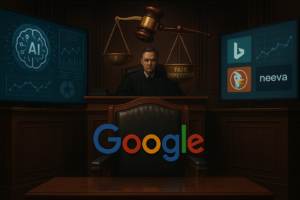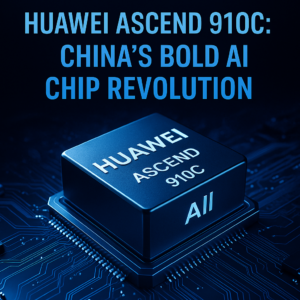Guardians of Performance: Safeguarding Video Game Voices Against AI Encroachment
In the rapidly evolving landscape of digital entertainment, a new battleground has emerged: the intersection of artificial intelligence and the artistry of video game performance. As technology advances, it brings with it the potential to replicate human voices and movements—raising a crucial question: can AI truly capture the essence of a human scream in a gripping video game scene? This dilemma is at the heart of a growing movement among video game performers, who are advocating for protective measures against the unregulated use of AI in their industry.
Video game performers, including voice actors and motion capture artists, have long dedicated themselves to their craft, investing both time and physical energy into creating compelling characters and immersive experiences. However, the rise of AI technology threatens to undermine their contributions. The Screen Actors Guild–American Federation of Television and Radio Artists (SAG-AFTRA) has recently mobilized its video game workers, advocating for equal protections across all performance roles as they enter into negotiations with game studios.
The crux of the issue lies in the fear that AI could be used to replicate individual performances without consent, effectively erasing the need for human actors. This would not only diminish the unique artistry that each performer brings to their role but could also drastically reduce job opportunities. Performers argue that the emotional depth, nuances, and authenticity of their work cannot be replicated by machines, no matter how advanced the algorithms become.
In this context, striking a balance between technological advancement and the preservation of human artistry becomes essential. Many in the industry believe that the development of ethical guidelines and regulations around the use of AI in video game production is imperative. By establishing clear boundaries, performers can safeguard their rights while still embracing the benefits that AI can bring, such as enhancing production efficiency and creating more dynamic gaming environments.
Moreover, the conversation around AI and video game performance is not just about protecting jobs; it’s also about maintaining the integrity of storytelling in games. Game narratives often hinge on the emotional connections players forge with characters, a connection that is deeply rooted in the authentic performances of voice actors. If AI-generated voices and movements dominate the industry, the risk of losing this emotional resonance becomes a pressing concern.
As the strike continues and negotiations unfold, the outcome will likely set important precedents for how AI is integrated into the entertainment industry. The stakes are high, not just for the performers but for the future of video games as a whole. The industry must navigate this technological frontier carefully, ensuring that the artistry behind the games we love is not overshadowed or replaced by artificial constructs.
In conclusion, as video game performers advocate for their rights in the face of advancing AI technology, the industry stands at a critical juncture. Protecting the human touch in performance art is not just about securing jobs; it’s about preserving the essence of storytelling that makes video games a unique and beloved medium.


